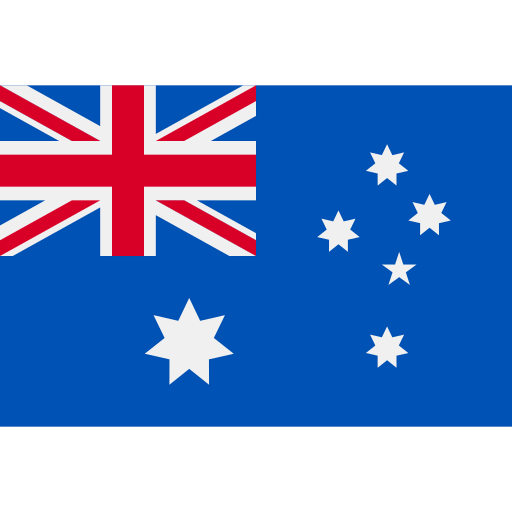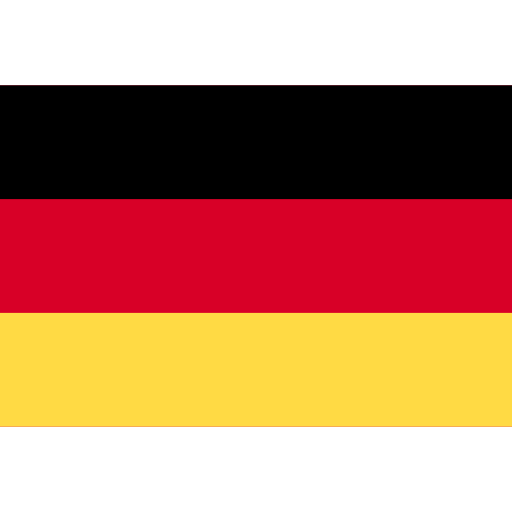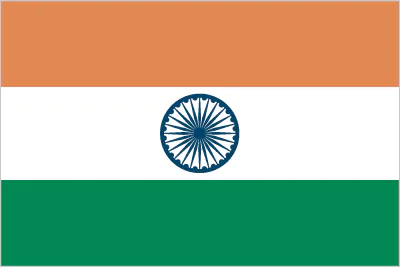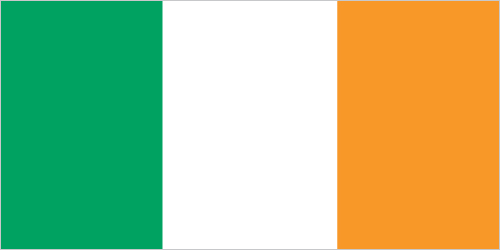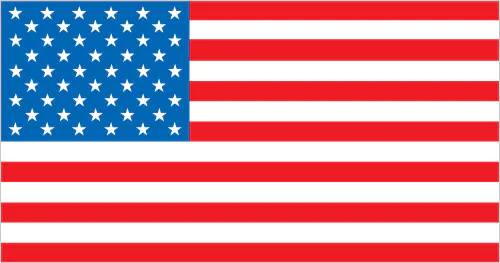Africa, a continent synonymous with immense economic growth potential and abundant opportunities, has long grappled with transforming that potential into tangible growth. Despite being hailed as a land of promise, the realisation of Africa’s vast potential has remained elusive year after year.
One of the key barriers hindering Africa’s economic progress is the African trade finance gap, estimated at a staggering $120 billion. A gap further fuelled by the repercussions of the COVID-19 pandemic, inflationary pressures from the Russia-Ukraine conflict, and limited access to liquidity.
To gain a deeper understanding of the factors contributing to the African trade finance gap and how credit insurance can help alleviate the gap, TFG’s Deepesh Patel spoke with; Adedayo Adesanmi, Energy and Infrastructure Trade Finance Specialist at Standard Bank, Shuichi Hayashida, Head of West and Central Africa at the World Bank, Jérôme Pezé, Chief Executive Officer at Tinubu, George Wilson, Head Institutional Trade Finance at Investec and Richard Wulff, Executive Manager at ICISA.
The main drivers of Africa’s Trade Finance Gap – A holistic view
Reducing the trade finance gap in Africa requires a comprehensive understanding of the reasons driving its evolution through different perspectives. In the webinar, the panellists shared their insights, addressing the various dimensions that contribute to the trade finance gap in Africa including:
- 1. The dynamics of the African trade ecosystem
From a trade finance standpoint, the diverse range of trade activities in Africa can be divided into 3 main categories: domestic, regional and deep sea. Pezé emphasised the two dimensions of risk assessment —duration and geography—in African trade finance.
Duration-based risk varies across sectors, such as long-term project finance, medium-term, and short-term credit. Similarly, the geography-based risk assessment acknowledges the distinct characteristics and credit requirements of trade within the domestic market, regional trade, and deep-sea exports.
He explained, “The situation is fairly different if you look at the domestic or regional market, and finally, deep-sea exports.” These different perspectives have distinct characteristics and credit requirements, contributing to the complexity of the trade finance gap.
- 2. Challenges faced by African MSMEs – Implications for trade finance
African MSMEs represent approximately 80% of African economies. However, as Adesanmi highlighted, banks adopt a structured approach when assessing credit exposure for MSMEs based on their creditworthiness and the ecosystem. “MSMEs are categorised as between medium to high risk. They lack experience and track records,” he noted. This perception of higher risk leads to higher pricing for MSMEs than larger corporations.
- 3. Barriers to accessing international trade finance facilities
“Only African banks can touch an African trader,” Wilson said.
African traders and merchants are unable to access trade finance from international financiers due to compliance regulations. Therefore, they predominantly rely on African banks for trade finance, which limits their options. Moreover, regulatory costs associated with regional and local domestic trade finance are prohibitively expensive, making it economically unviable for African banks to provide adequate financing, further exacerbating the trade finance gap.
- 4. Structural barriers: Addressing information, rule of law, and predictability
In Wulff’s view, addressing the trade finance gap in Africa requires targeted solutions to three crucial factors: information, the rule of law, and predictability. Wulff said, “We need to solve the issue of information transparency for regional and domestic trade, the issue of the rule of law encompassing legal regulations and enforcement, and the lack of predictability caused by corruption.”
Information plays a crucial role, particularly in regional and domestic trade, where transparency and access to relevant information are necessary for facilitating trade finance. The rule of law encompasses legal frameworks and their enforcement, emphasising the need for a robust legal system that supports trade transactions and protects the rights of the parties involved.
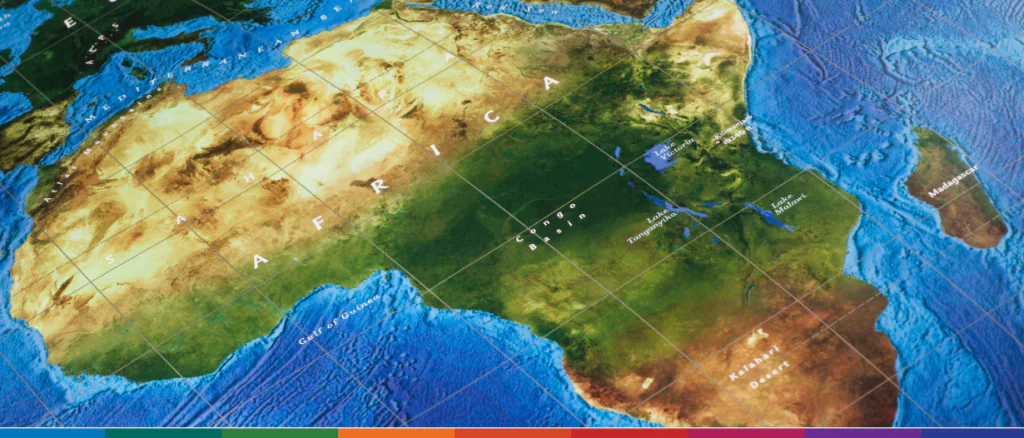
Bridging the African trade gap with credit insurance
Credit insurance unequivocally plays a crucial role in addressing the trade finance gap in Africa. It provides a valuable solution to secure creditors and enhance access to finance for businesses.
One important aspect highlighted by Pezé is the role of credit insurance in securing creditors and enabling businesses to compete effectively in their respective markets. Different trade sectors implement their own credit terms, and it is vital for companies to have access to similar trade credit terms as their competitors. As he stated, “When a company wants to compete in a given environment, it’s important to enjoy the same type of trade credit terms that competitors in other markets can have.”
Moreover, credit insurance has the ability to resolve the collateral problem prevalent in Africa. As pointed out by Wulff, “If credit insurance can solve a large part of Africa’s collateral problem, we’re solving the finance one as well.” It provides financiers with rights to indemnification in case of transactional risks. This enhances the confidence of lenders and facilitates access to finance for businesses, particularly for African MSMEs. By resolving the collateral problem, credit insurance contributes to solving the broader finance challenge in Africa.
In addition, Wilson underscored the role of credit insurance in directing risk capital, stating, “Addressing the provision of risk capital directly to where it is needed, is going to reverse the gap. Trade credit insurance certainly can play a major part in that.” He emphasised the importance of utilising local banks as aggregators and wrapping their risk with insurance to increase liquidity directed at the sector.
By mitigating the perceived risks associated with MSMEs, securing creditors against potential defaults, and strategically allocating risk capital, credit insurance is evidently capable of bridging the African trade finance gap, setting the stage for broader financial inclusion in the region.
When it comes to financial inclusion in Africa, the ‘Financial Inclusion in Trade Roadmap’ developed by the World Trade Board cannot be overlooked. The roadmap presents a comprehensive framework focusing on equitable access to trade finance empowering MSMEs.
Read Part 2 of the series here, where the panellists discussed the 5 pillars of the ‘Financial Inclusion in Trade Roadmap,’ sharing their insights on each and its implementation in Africa.


